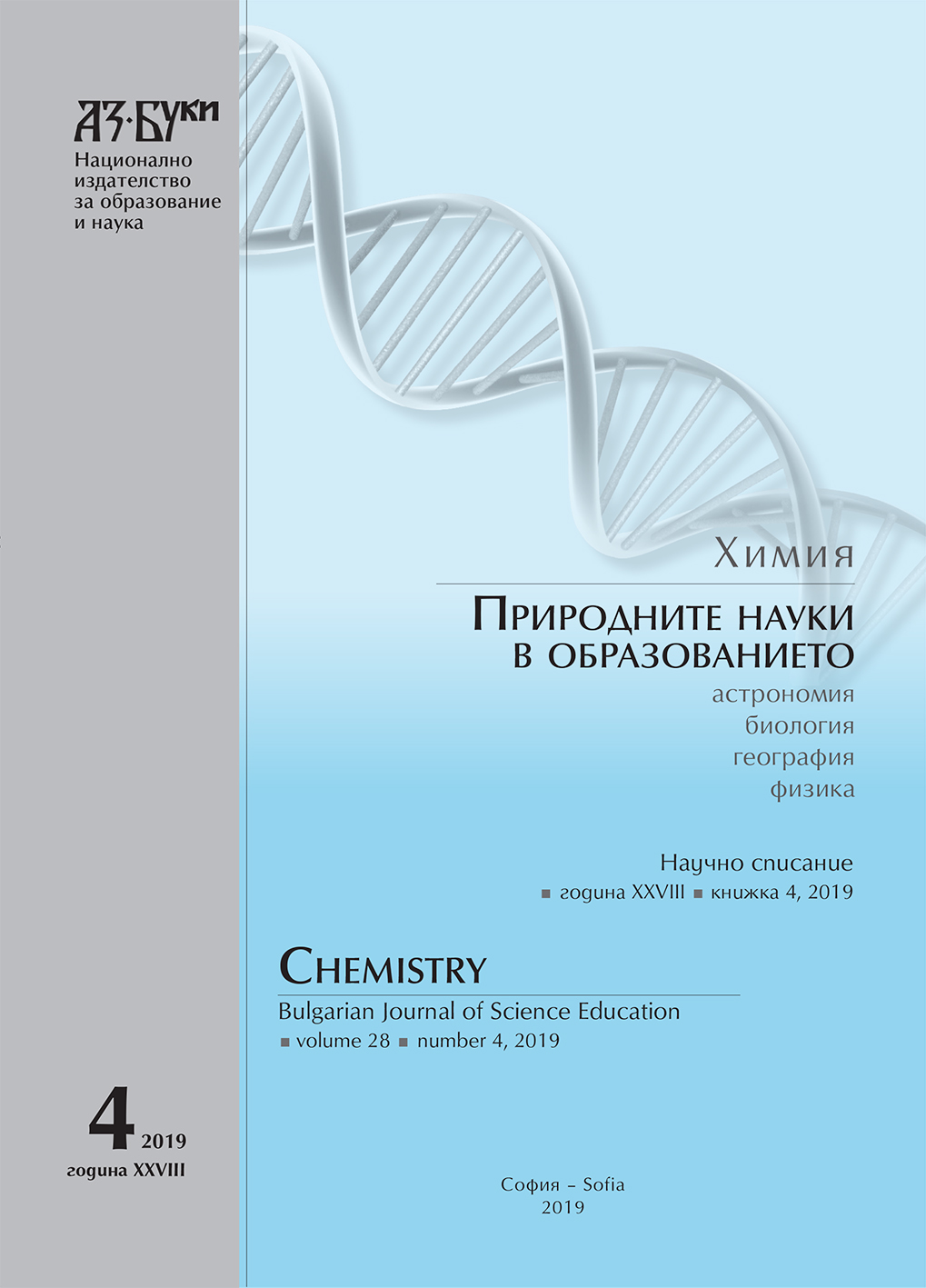Construction of Job’s Plot in Case of High Spectral Overlap between the Reactants and the Complex: Application of Multiwavelength Linear Regression Analysis Using the Cu-Edta System
Construction of Job’s Plot in Case of High Spectral Overlap between the Reactants and the Complex: Application of Multiwavelength Linear Regression Analysis Using the Cu-Edta System
Author(s): Agha Arslan Wasim, Muhammad Nasiruddin Khan, Muhammad Farooq Wahab, Saba Fazal-ur-RehmanSubject(s): Social Sciences, Education, School education, Vocational Education, Adult Education, Inclusive Education / Inclusion
Published by: Национално издателство за образование и наука „Аз-буки“
Keywords: job plot; continuous variation; absorbance correction; stoichiometry
Summary/Abstract: Job’s method is extensively used to determine the stoichiometry of complex ions both in the field of education and research. However, the shape of the Job’s plot generally does not match to what is shown in the textbooks due to simultaneous absorption by other species involved in the equilibria. The conventional correction method deals the problem by assuming that no reaction would have occurred among the reactants and thus uses their formal concentrations for the correction of empirical data. The assumption is contradictory as, in solution equilibria, formal concentrations differ substantially from the respective equilibrium concentrations. Alternatively, multiwavelength linear regression analysis is used to determine the equilibrium concentrations of reactants in the system. The two correction methods, when applied on Cu-EDTA system, showed a significant difference between them. The comparative study is designed to evaluate the correction methods. Moreover, Microsoft Excel® was incorporated to transform tedious correction into quick and interesting processing of data.
Journal: Химия. Природните науки в образованието
- Issue Year: 28/2019
- Issue No: 4
- Page Range: 475-484
- Page Count: 11
- Language: English
- Content File-PDF

